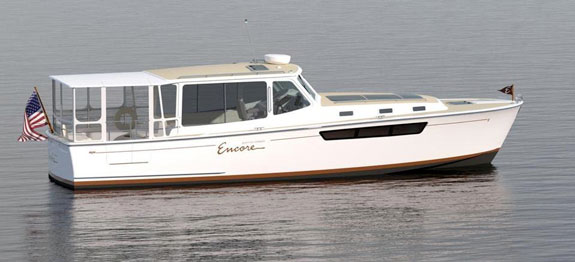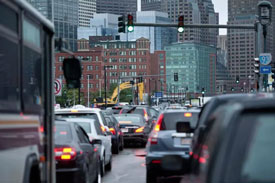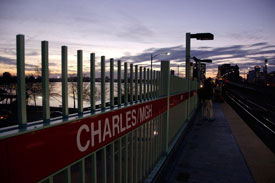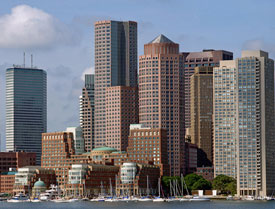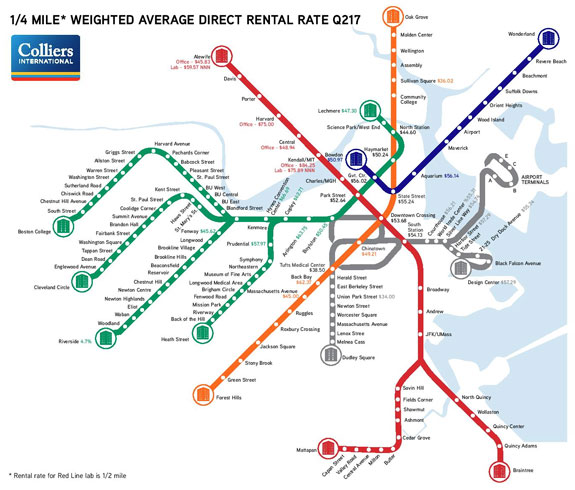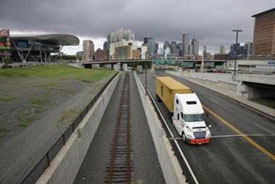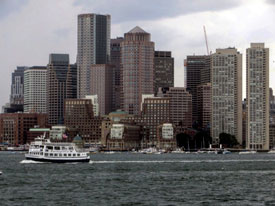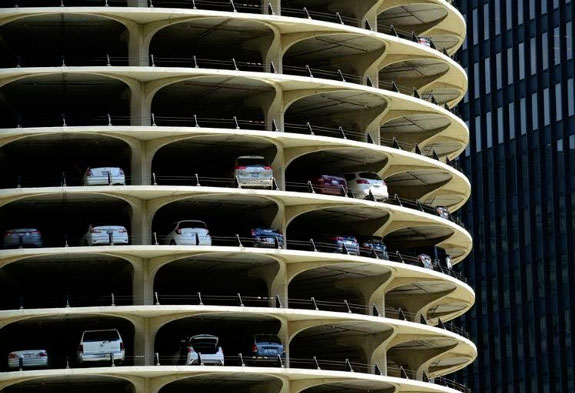Getting from here to there across Boston Harbor is poised to get a little easier in the coming months.
The Boston Globe recently highlighted three ferry services that could be available to commuters in and around the Boston Seaport in the coming months:
- Wynn Resorts…hired Charlestown-based Boston Boatworks to build three ferries. The goal is to cart about 40 riders at a time to and from its Encore Boston Harbor resort casino in Everett, scheduled to open next year.
- A commuter ferry between the Seaport and Lovejoy Wharf North Station is expected to launch as soon as September, providing easier passage to the Seaport for commuters from the north.
- The Institute of Contemporary Art will soon launch a ferry from its Seaport museum to East Boston, where it’s opening a secondary campus in June. This service, however, isn’t commuter-friendly; spokeswoman Colette Randall said passengers will need either a ticket or membership with the ICA to board.

